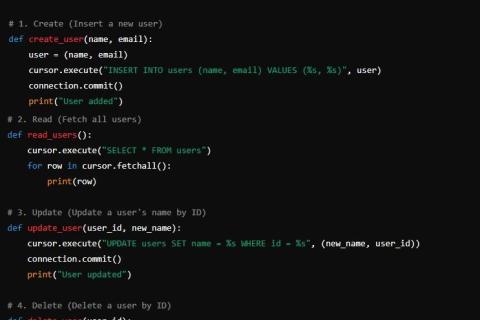Flaky Tests
In this video, Titus Fortner, senior developer advocate, explains the differences between flaky tests and brittle tests. This is followed by a discussion of the three things to manage to minimize flakiness: ensuring known states, maintaining independent data and creating a good synchronization strategy.











